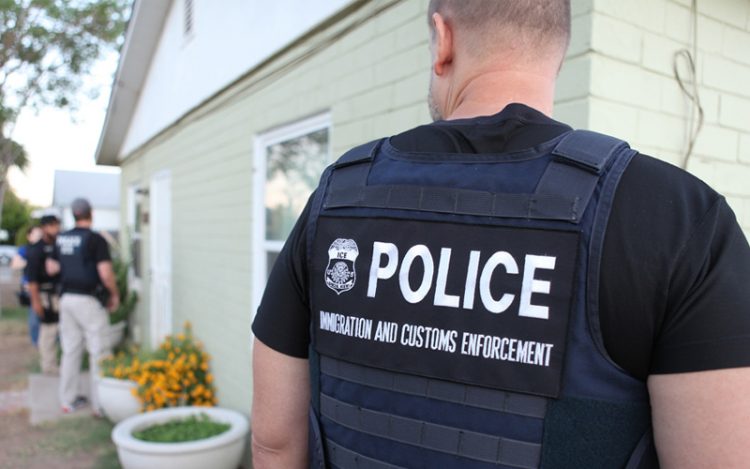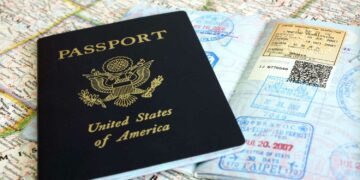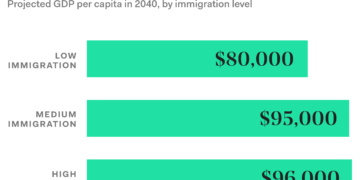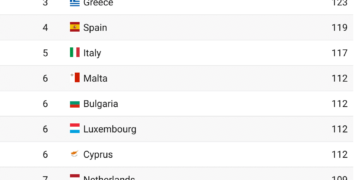[ad_1]
On September 30, Division of Homeland Safety (DHS) Secretary Alejandro Mayorkas issued the long-awaited new set of enforcement priorities, entitled “Pointers for the Enforcement of Civil Immigration Legal guidelines”. The rules, which is able to go into impact on November 29, 2021, will change the February 18 interim enforcement priorities memo issued to U.S. Immigration Customs Enforcement (ICE), in addition to Preliminary interim pointers issued on January 20, 2021.
The brand new memo applies to ICE, Customs and Border Safety (CBP), U.S. Citizenship and Immigration Providers (USCIS), and the Workplace for Civil Rights and Civil Liberties and begins with affirming the premise for DHS’s authority to train prosecutorial discretion.
What the September 30 Enforcement Steering Covers
Whereas the brand new memo makes some significant adjustments from the earlier iterations of the enforcement priorities memos, it nonetheless embraces the framework of prioritizing teams of individuals for enforcement, moderately than figuring out teams of individuals to prioritize for defense, as many advocates have known as for.
There are some important adjustments from the earlier memos. One overarching change is that this memo solely applies to selections relating to who to apprehend and take away, and never who needs to be detained or launched from detention.
This memo additionally made clear that there aren’t any categorical bars to the train of prosecutorial discretion, and that each determination on whether or not somebody needs to be thought-about a precedence for enforcement or given prosecutorial discretion needs to be weighed on a person foundation.
Who Are Enforcement Priorities Underneath the New Steering?
The memo offers ICE brokers with pointers on three classes of enforcement priorities. The brand new pointers direct ICE to focus sources on individuals who could be thought-about priorities for enforcement beneath these three classes:
- Nationwide Safety. The primary class—left largely unchanged from the earlier memos— consists of anybody who’s accused of or suspected of partaking in terrorism or espionage.
- Public Security: The second class, which incorporates anybody whom ICE finds to be a “risk to public security,” had some key adjustments. Beforehand, this class utilized to anybody who had been convicted of an aggravated felony and was deemed to presently be a danger to public security. This categorical method to anybody with sure convictions was broadly criticized by advocates for failing to think about the equities in particular person instances. Within the up to date memo, that method has been changed with a non-exhaustive checklist of mitigating and aggravating components that needs to be thought-about by ICE brokers in figuring out whether or not discretion needs to be exercised.
- Border Safety. The third class prioritizes anybody who entered or tried to enter the USA after November 1, 2020. Nonetheless, there’s further language within the new memo that permits for exceptions to creating everybody on this group an enforcement precedence.
The brand new enforcement priorities steering additionally consists of necessary language directing DHS to not goal anybody for enforcement based mostly on their exercising of their civil rights, employee rights, or first modification rights. These are welcome reminders of the division’s obligations to implement immigration legal guidelines pretty and equitably.
Whereas avoiding the method of categorically excluding teams of individuals from benefitting from discretion is a optimistic step, the steering additionally leaves an infinite quantity of discretion with particular person deportation officers and area workplaces, and it’ll require significant accountability to achieve success. Historical past means that this discretion is probably not exercised pretty or justly.
FILED UNDER: ICE, Immigration and Customs Enforcement
[ad_2]
Source link


































